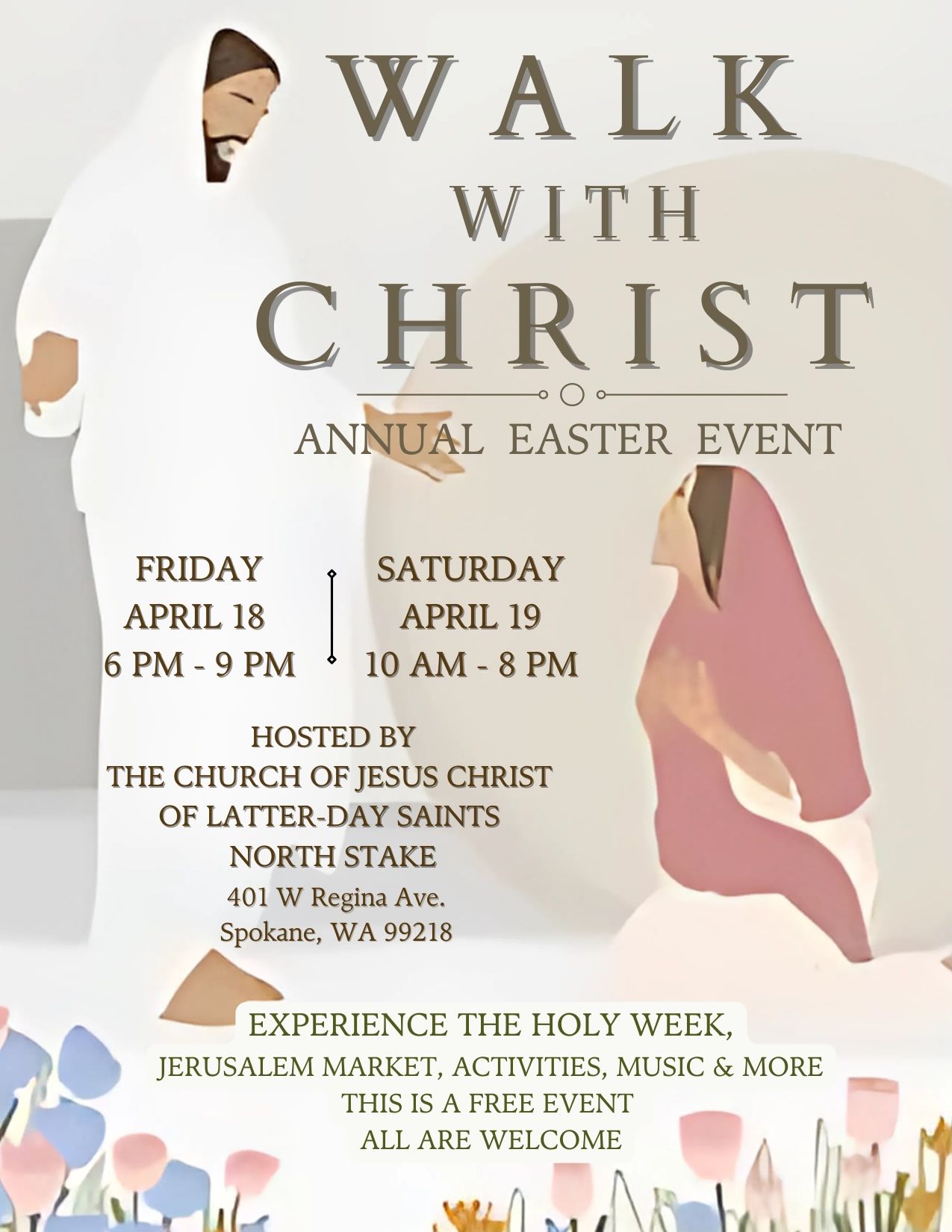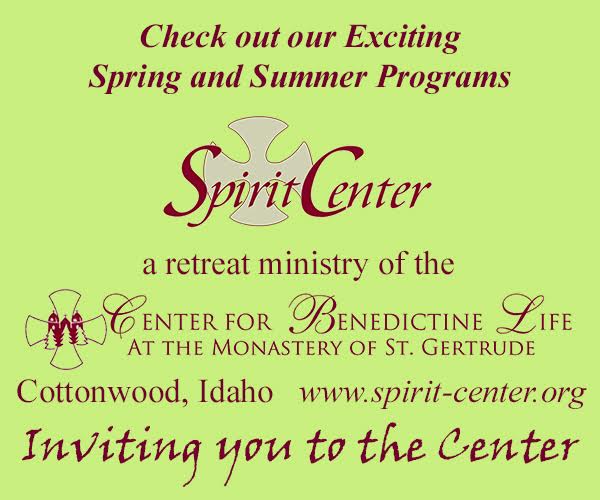[box type=”shadow” align=”aligncenter” class=”” width=”150″]Nagasaki: Life After Nuclear War By Susan Southard Viking, 2015 389 pp, $28.95[/box]
Near the end of World War II American bombers incinerated 64 Japanese cities, but Japan still did not surrender. The United States then dropped atomic bombs on Hiroshima and Nagasaki, killing 200,000 men, women and children.

Author Susan Southard does not try to settle the argument in this absorbing new book, but focuses instead on what became of the thousands of Nagasaki survivors, who were largely forgotten.
The stories of widespread destruction, instant death and gruesome injuries are heartbreaking. In an elementary school, 26 teachers and more than 1,000 students died. The blast “tore off heads and limbs and caused eyes and internal organs to explode.” People wandered through the ruins with skin from their arms hanging to the ground.
Temperatures at the center of the explosion were hotter than the center of the sun. Until John Hersey wrote his 1946 bestseller “Hiroshima,” most Americans were ignorant of the utter devastation and the loss of life inflicted on Japan.
Many survivors were so badly disfigured that they hid in their homes, afraid of how people would react to their grotesque appearance. Over the next several decades, cancer rates skyrocketed. Overwhelming evidence linked cancer and other serious illnesses with radiation from the nuclear bombs, but the U.S. government for years denied the link.
Decades after the nuclear attack some victims, despite serious scars, began to speak in public about the perceived insanity of nuclear proliferation.
Southard weaves into story the stark reality of nuclear armaments. In 1954 the United States tested its first hydrogen bomb, which was almost 700 times more powerful than the Nagasaki atomic bomb. By the end of 1955, the United States had stockpiled more than 3,000 nuclear weapons.
The author does not preach or advocate. Rather, “Nagasaki” is the work of a scrupulous researcher who documents the stories of survivors, many of whom were children when the bomb fell 70 years ago. The book includes more than 80 pages of notes, index and bibliography, plus graphic pictures of bodily scars and widespread destruction.
A total of 190 members of the United Nations have signed the Nuclear Non-Proliferation Treaty. Only Israel, India and Pakistan have refused to sign. Anyone who doubts the potential devastation of nuclear war would do well to read this engrossing book.
Southard calls the decision to use nuclear weapons “one of the most controversial wartime acts in history.” Her scrupulous account is a masterpiece of non-fiction writing with stark implications for a world in which several nations, led by the United States and Russia, maintain stockpiles of nuclear weapons.









